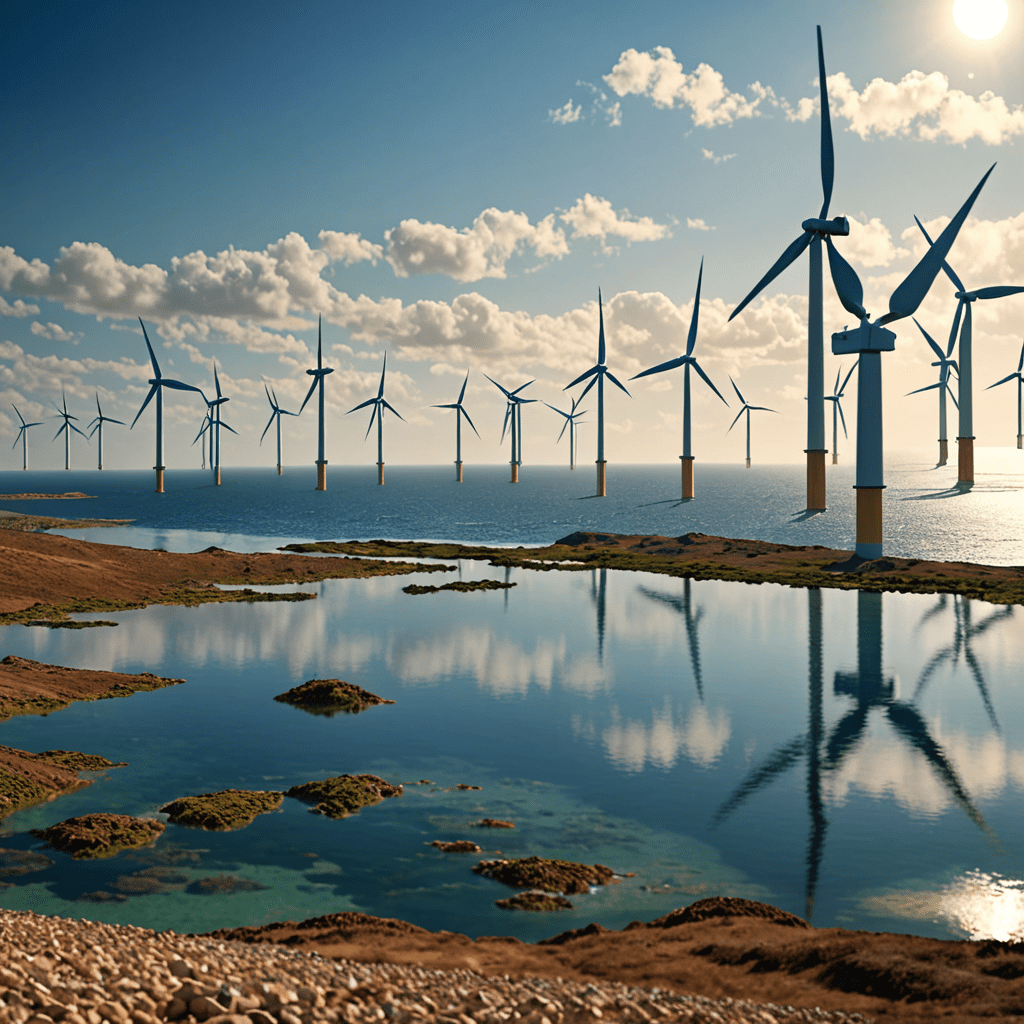
The Advancements in Wind Energy Forecasting Technologies
Introduction to Wind Energy Forecasting
Wind energy forecasting is crucial for optimizing the usage of wind power and integrating it effectively into the energy grid. It involves predicting the future behavior of wind, enabling grid operators and energy producers to make informed decisions.
Traditional Methods of Wind Energy Forecasting
Historically, wind energy forecasting relied on simplistic methods based on historical data and simple statistical models. However, advancements in technology have revolutionized this field.
Utilization of Machine Learning
Machine learning algorithms have significantly enhanced wind energy forecasting accuracy. By analyzing complex data patterns, machine learning models can provide more precise forecasts, taking into account various factors impacting wind behavior.
Integration of Weather Models
Wind energy forecasting now incorporates sophisticated weather models that consider not only wind patterns but also atmospheric conditions, geographic features, and climate data. This integration enhances the reliability of forecasts.
Role of Remote Sensing Technologies
Remote sensing technologies such as LiDAR (Light Detection and Ranging) and SODAR (Sonic Detection and Ranging) play a vital role in capturing real-time wind data at various altitudes. This data is invaluable for improving forecasting accuracy.
Cloud Computing in Wind Energy Forecasting
Cloud computing platforms offer scalability and computational power required for processing vast amounts of data involved in wind energy forecasting. This technology enables rapid analysis and generation of accurate forecasts.
Enhancing Grid Stability and Renewable Integration
Accurate wind energy forecasting contributes to grid stability by allowing operators to anticipate fluctuations in wind power generation. It also facilitates efficient integration of renewable energy sources, minimizing reliance on traditional fossil fuels.
Wind Energy Forecasting Technologies FAQ
What are wind energy forecasting technologies?
Wind energy forecasting technologies are tools and methods used to predict and estimate the amount of electricity that can be generated from wind farms. These technologies utilize various data sources such as weather patterns, historical data, and meteorological models to forecast the potential wind energy production.
How do wind energy forecasting technologies work?
Wind energy forecasting technologies work by analyzing factors like wind speed, direction, temperature, and atmospheric pressure. By using sophisticated algorithms and models, these technologies can provide accurate predictions of wind energy generation in the short-term (hours to days) and long-term (seasonal) periods.
Why are wind energy forecasting technologies important?
Wind energy forecasting technologies play a crucial role in the efficient integration of wind power into the electricity grid. Accurate forecasts help grid operators manage supply and demand, optimize energy production, reduce costs, and enhance grid stability. Additionally, they support the successful integration of renewable energy sources into the existing energy infrastructure.
What are the benefits of using wind energy forecasting technologies?
The benefits of utilizing wind energy forecasting technologies include improved grid reliability, increased energy efficiency, better utilization of renewable resources, reduced operational costs for energy providers, and enhanced decision-making for energy grid management. These technologies contribute to a more sustainable and environmentally friendly energy


